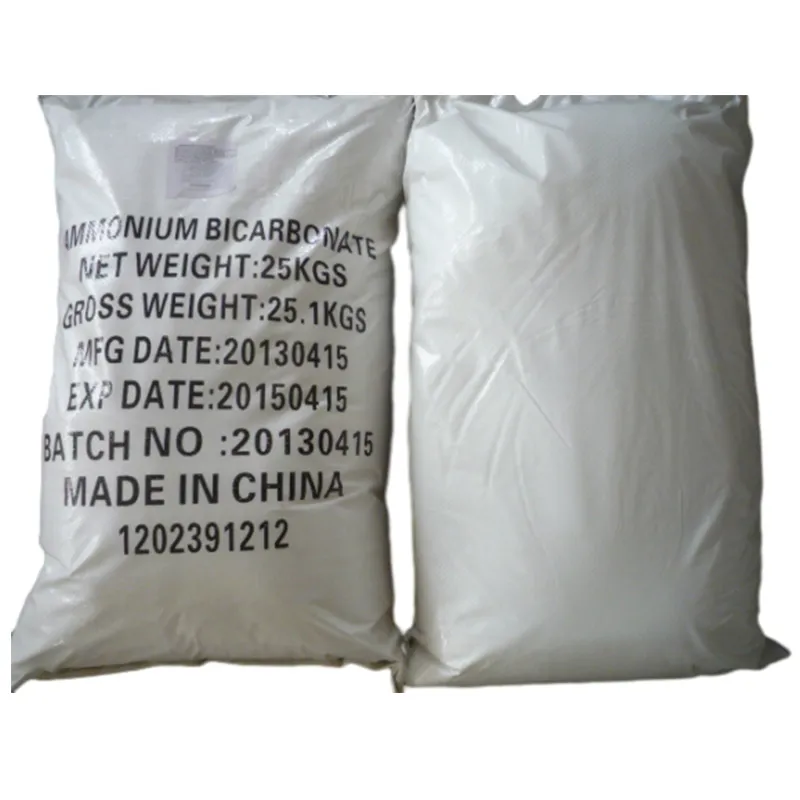
Understanding Sodium Metabisulfite and Its Applications in Various Industries
Understanding Sodium Metabisulfite Uses, Safety, and Benefits
Sodium metabisulfite, a white crystalline powder, is an essential compound with a wide range of applications across various industries. Its chemical formula is Na2S2O5, and it is primarily used as a preservative, antioxidant, and disinfectant. This article explores the different uses of sodium metabisulfite, its importance, its safety considerations, and its benefits.
Chemical Properties and Production
Sodium metabisulfite is produced by the reaction of sodium sulfite with sulfur dioxide. The resulting compound is a reducing agent and has strong antimicrobial properties. It is highly soluble in water and has a slightly acidic pH. Its low cost and effectiveness make it a popular choice for a variety of applications.
Applications in Food Preservation
One of the most common uses of sodium metabisulfite is in the food industry. It acts as a preservative, preventing the growth of harmful bacteria, yeasts, and mold. This property is particularly beneficial in the production of dried fruits, wines, and other food products that are susceptible to spoilage. By inhibiting enzymatic browning, sodium metabisulfite helps maintain the color, flavor, and nutritional value of food products.
In winemaking, sodium metabisulfite is crucial for stabilizing the wine by preventing oxidation and spoilage from unwanted microorganisms. It is often added to the must (the crushed grape mixture) and during fermentation to ensure a clean and stable product. Additionally, it helps in removing chlorine from water, enhancing both its taste and safety.
Industrial and Pharmaceutical Uses
metabisulfite de sodium

Beyond food preservation, sodium metabisulfite is also widely used in various industrial applications. It serves as a bleaching agent in the textile and paper industries, where it helps to remove unwanted colors from materials. In photography, it is used as a fixer to preserve images. Moreover, its role in the water treatment industry includes acting as a dechlorinating agent, effectively removing chlorine from wastewater before it is released back into the environment.
In the pharmaceutical sector, sodium metabisulfite is utilized as an antioxidant in formulations to enhance the stability of drugs. It can also be found in a variety of products, such as antiseptics and eye drops, where it helps in preserving the efficacy of active ingredients.
Safety Considerations
While sodium metabisulfite is widely used, it is essential to consider its safety profile. In food applications, the U.S. Food and Drug Administration (FDA) recognizes sodium metabisulfite as generally recognized as safe (GRAS) when used in appropriate quantities. However, some individuals may experience allergic reactions or sensitivities, particularly those with asthma. Symptoms may include respiratory issues, skin rashes, or gastrointestinal discomfort.
Due to its strong reducing properties, proper handling is essential. Inhalation of sodium metabisulfite dust can irritate the respiratory system, and it should be stored away from oxidizing agents to prevent accidental reactions.
Conclusion
Sodium metabisulfite plays a vital role in various industries, particularly in food preservation and pharmaceuticals. Its ability to act as a preservative, antioxidant, and disinfectant makes it invaluable in maintaining product quality and safety. While its uses are broad and its benefits significant, awareness of potential health effects and safe handling practices is crucial for anyone working with or consuming products containing this compound. As we continue to explore new applications and improve safety guidelines, sodium metabisulfite will remain an essential component in many everyday products.
-
Pure Sodium Dichloroisocyanurate Dihydrate | Powerful DisinfectantNewsAug.29,2025
-
Industrial Chemicals: Quality & Purity for Every IndustryNewsAug.28,2025
-
Nitrile Rubber Honoring Strict Production StandardsNewsAug.22,2025
-
Aspartame Ingredients Honoring Food Safety ValuesNewsAug.22,2025
-
Fertilizer for Balanced Plant NutritionNewsAug.22,2025
-
Cyanide Gold Processing with High Purity AdditivesNewsAug.22,2025
-
Formic Acid in Textile Dyeing ApplicationsNewsAug.22,2025
Hebei Tenger Chemical Technology Co., Ltd. focuses on the chemical industry and is committed to the export service of chemical raw materials.
-

view more DiethanolisopropanolamineIn the ever-growing field of chemical solutions, diethanolisopropanolamine (DEIPA) stands out as a versatile and important compound. Due to its unique chemical structure and properties, DEIPA is of interest to various industries including construction, personal care, and agriculture. -

view more TriisopropanolamineTriisopropanolamine (TIPA) alkanol amine substance, is a kind of alcohol amine compound with amino and alcohol hydroxyl, and because of its molecules contains both amino and hydroxyl. -

view more Tetramethyl Thiuram DisulfideTetramethyl thiuram disulfide, also known as TMTD, is a white to light-yellow powder with a distinct sulfur-like odor. It is soluble in organic solvents such as benzene, acetone, and ethyl acetate, making it highly versatile for use in different formulations. TMTD is known for its excellent vulcanization acceleration properties, which makes it a key ingredient in the production of rubber products. Additionally, it acts as an effective fungicide and bactericide, making it valuable in agricultural applications. Its high purity and stability ensure consistent performance, making it a preferred choice for manufacturers across various industries.





